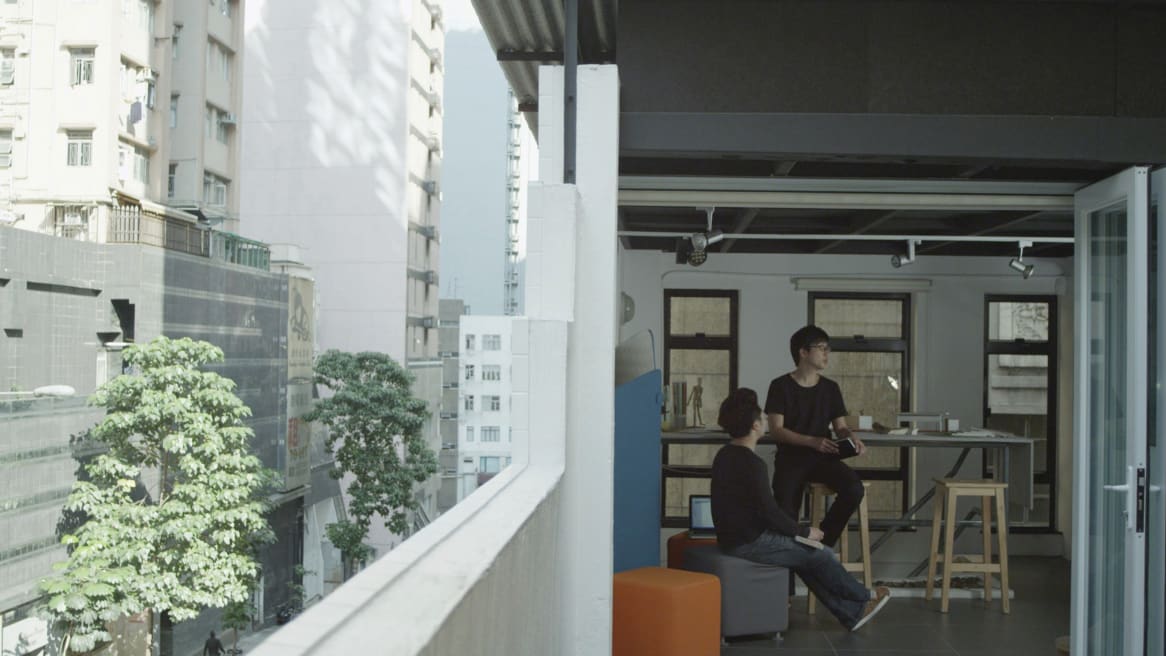Power of Place: The Office Renaissance
A 2014 Steelcase-commissioned survey in 14 countries around the world confirms that people who are the most satisfied with their work environment are also the most engaged.
By Gale Moutrey, Vice President of Global Communications for Steelcase Inc.
Yahoo CEO Marissa Mayer caused a media stir in 2013 when she asked her employees to come “back to the office.” Her edict created a great deal of speculation about her intent. Was it because she didn’t trust that her employees were working? Or was it a strong signal to her employees about her belief that people need to come together in a physical place to be more collaborative and innovative?
In our work with leading organizations around the world, we find leaders nodding their heads in agreement with Mayer because they are worried about an increasingly recognized issue that has bottom-line impact: employee engagement.
A recent study by Gallup showed that worldwide, 87 percent of employed people are “not engaged” or “actively disengaged” at work, which means that they’re emotionally disconnected from their workplaces and thus less likely to be productive. Sometimes these disengaged employees are outright toxic to the organization. The cost is high for countries as well as companies. In the United States alone, Gallup estimates that the cost of disengaged employees could be between $450—$550 billion per year. In Germany, that cost is estimated at 100 billion euros per year.
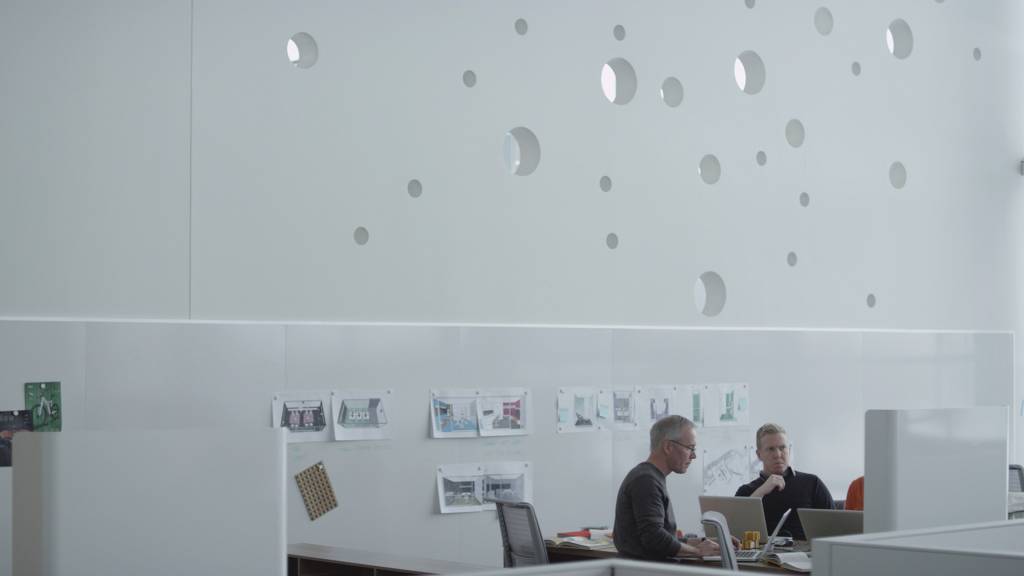
Conversely, Gallup found that organizations with a high degree of employee engagement are deeply focused on creating value for their organization. Their contribution allows these organizations to experience greater productivity, great profitability, lower turnover, less absenteeism and even fewer safety incidents. Perhaps that’s why CEOs like Mayer are asking employees to come back to the office. They know there is much involved in solving the problem of employee engagement, but they understand instinctively that place matters. They know that bringing their people together in a place that unites them can be the first step.
But this cannot happen in yesterday’s office. What’s needed today is an office renaissance. This means reimagining the workplace and creating places where employees choose to work—not because they have to but because they want to.
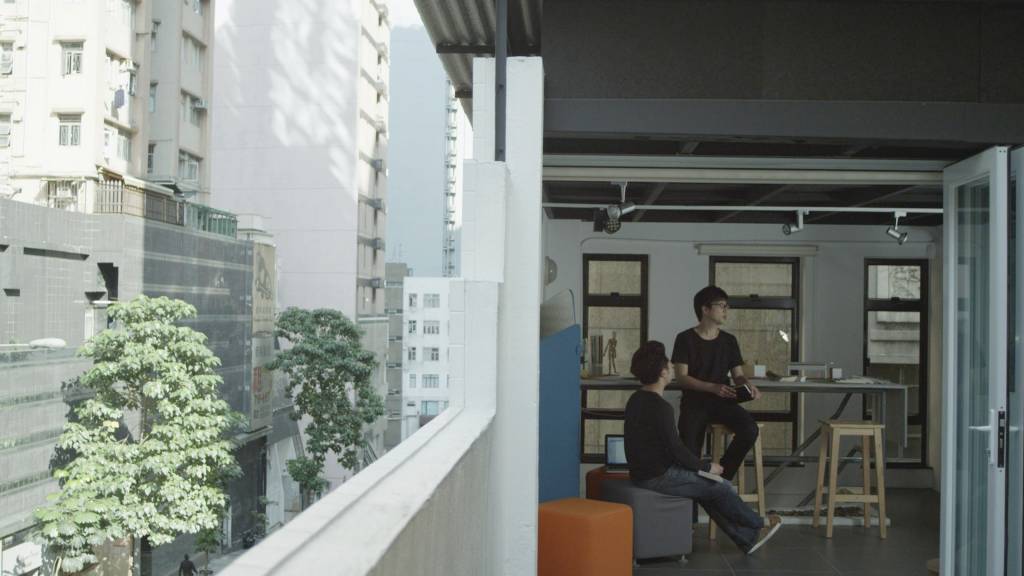
Nikil Saval’s new, much-talked-about book “Cubed,” which outlines the history of the office, speculates in the near future work will no longer be a place. While this idea has become a popular notion in the media, our research suggests something entirely different.
A 2014 Steelcase-commissioned survey in 14 countries around the world confirms that people who are the most satisfied with their work environment are also the most engaged. These employees are not looking for the paradigms of the past. Instead, they need workplaces designed to nurture their physical, cognitive and emotional
wellbeing.
1
Physical Wellbeing
In offices of the past, the focus was primarily on employees’ ergonomic needs because their work caused them to sit for long periods of time, gazing at a computer that was tethered to a desk. Today we understand the importance of movement throughout the day and our new technologies allow mobility, but they also require a different type of support when we are seated.
Static sitting can cause slowed metabolism, neck pain, back pain and reduced concentration, impacting mental and cognitive abilities. Engaging the body in movement is essential for supporting physical and mental vigor at work—it’s the body language of ideas. Changing posture stimulates the mind. Our research shows that 96 percent of highly engaged workers are able to move freely and change postures throughout their day.
Employees are working longer hours, so it’s critical to offer a variety of indoor and outdoor spaces that offer posture choices and encourage walking to create energy. And as the workforce ages, we need to understand what other changes are necessary in terms of lighting, acoustics and adjustability.
2
Emotional Wellbeing
Neuroscientists have learned that the quantity and quality of social interactions have significant impact on our wellbeing. When people don’t have enough quality interactions, they become more disengaged, which makes it harder to collaborate, innovate, solve problems and be open to change.
As we work more in distributed teams, whether across a campus or across the ocean, people struggle to build connections with coworkers when the places where they work don’t support and augment their interactions. Teams need places that allow them to see their teammates comfortably, hear each other clearly and share information easily so they can build social capital and the “shared mind” that is necessary to bring innovation to successful conclusion.
Relationships anchor people’s commitment to an organization, its brand and its purpose. Over 98 percent of the most highly engaged employees say their workplace helps them feel a sense of belonging to their company and its culture, and they also feel they can easily and freely express and share their ideas. Therefore, it’s critically important to ensure that people have meaningful connections to others, and understand that, wherever they are, they are valued in the organization. Creating places that allow everyone equal opportunity to communicate and contribute is essential to building the trust that is the currency of collaboration.
The workplace needs to help workers reduce “negative” stress so the brain can be free to be creative. Creativity and idea generation diminish when people are stressed—and idea generation is the lifeblood of innovation. Again, our research shows that people who are in work environments that help them feel energized and supported, versus stressed, are the most highly engaged.
3
Cognitive Wellbeing
Work today requires that people spend their day processing information, solving problems, creating new ideas and innovating. It’s both physically and mentally demanding. Our prefrontal cortexes, the region of the brain that does most of this work, is on overload.
We are dealing with more information that ever before, and it’s not only more—it’s coming at us faster, too. Our thinking is interrupted, on average, every three minutes. Even brief interruptions of just a few seconds causes us to make twice as many mistakes. And after our focused work is interrupted, it can take up to 23 minutes to get back into flow—the state of being deeply absorbed in our work and focused. Multitasking doesn’t help us to solve the problem, but rather reduces our cognitive capability to the same degree as losing a night’s sleep.
Our research at Steelcase found that 98 percent of highly engaged employees say they are able to concentrate easily at work, and 95 pecent are able to work in teams without being disrupted. This means it’s critical for the workplace today to help people manage the cognitive overload of their daily lives and allow them to focus or find respite throughout the day in order to achieve mindfulness, and be fully present in the moment. The workplace needs to be designed to help them control their environment in order to reduce stress and help them think better. And thinking better requires feeling good.
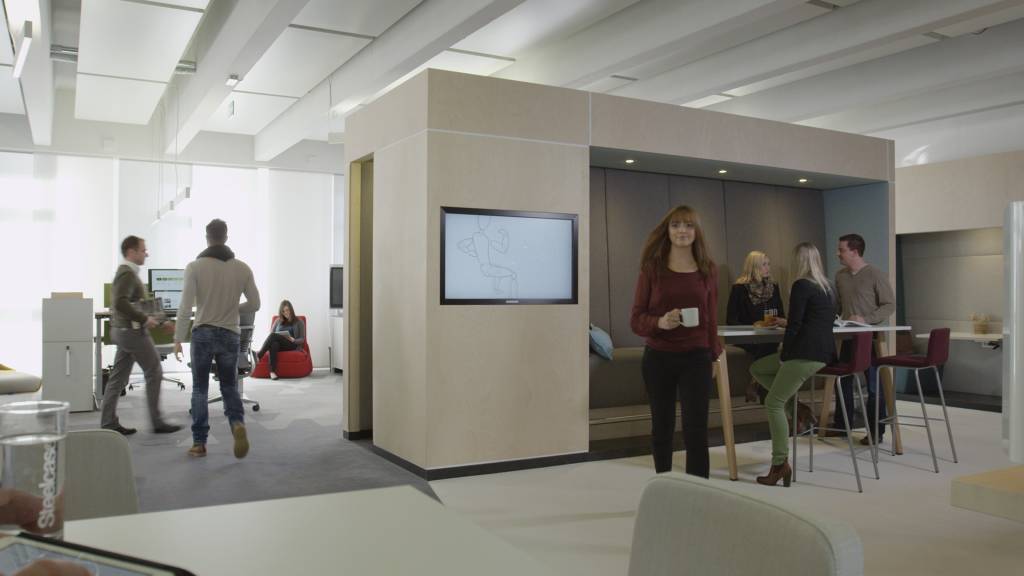
Creating an Ecosystem
The wealth of business clearly depends on the health of people. Leading organizations recognize that their physical workplace can help them more effectively implement their strategy, build their brand and support their culture, but they often struggle with how to do this in way that is both resilient and economically viable.
The key is to design the workplace as an ecosystem of interconnected and interdependent places that support the physical, cognitive and emotional needs of people, and give them choice and control over where and how they work. Control and choice is not only a significant component in building engagement; it has also become the new status symbol for today’s workers.
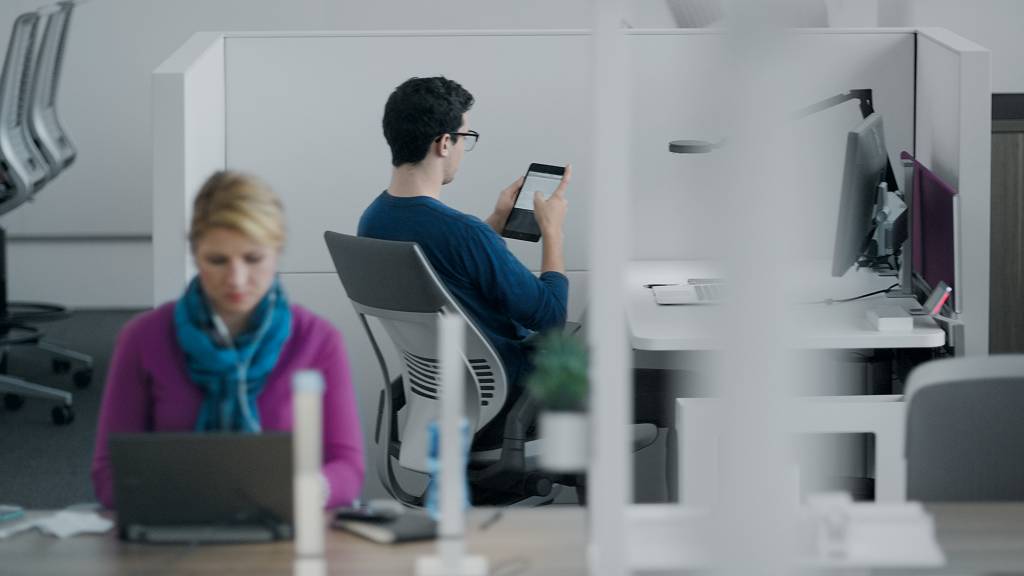
The ecosystem should offer a range, or palette, of places—destinations that augment people’s interactions with each other and provide access to the tools and technology that people can only find at work. These destinations need to balance spaces for group work with individual spaces for focus and reflection. Organized in interrelated zones and settings, these destinations support diverse modes of work and diverse ways of thinking—both of which are essential to fuel the creative process that leads to innovation.
Within the ecosystem there also needs to be a palette of posture—spaces that encourage people to sit, stand and move throughout their day, while supporting the different kinds of work they do and the multiple technologies they use. Equally, people need a palette of presence—spaces that allow them to have quality interactions in both the physical and virtual workplace. These places are designed to minimize what is referred to as “presence disparity”—those moments when people not physically located in the same room are disadvantaged, visually and/or audibly, because they are remote. The more distributed our work is, the more critical it becomes that the places we work in help us “live on video”—in easy and emotionally engaging ways.
We work with organizations around the world that tell us they need places that enhance collaboration, help them attract and engage employees, help them build their brand and culture, and support the wellbeing of their people. An ecosystem of spaces that support the physical, cognitive and emotional wellbeing of people can help organizations solve for these issues, while building a more resilient real estate strategy that doesn’t increase their footprint, but can instead offer greater flexibility and adaptability in times of change.
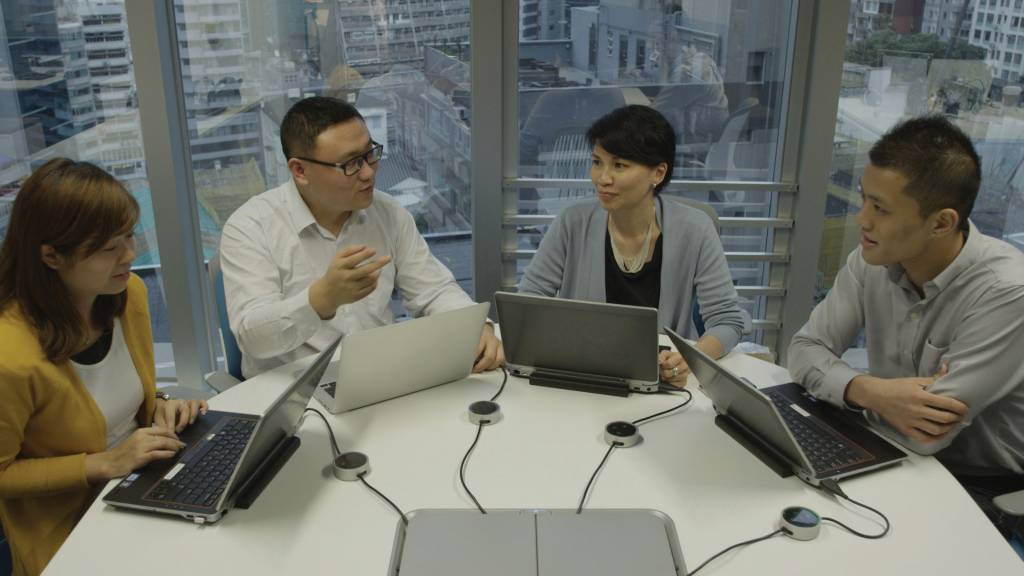
CEOs recognize that, among all the many issues they need to solve, employee engagement is one of the most critical challenges they face today. The cost of disengagement is alarming, and the missed opportunities are staggering. But the opportunity for those organizations that face the problem of engagement heads-on is tremendous. While it would be naive to suggest that place alone can solve the issue of engagement, leaders would be remiss to ignore its potential.
At Steelcase we believe in the power of place to help employees engage. We believe in the power of place to help amplify the performance of people, teams and organizations. And, ultimately, we believe in the power of place to help unlock human promise.
Go Deeper
If you want to learn more about the interesting, insightful work being done by thought leaders referenced in our article, here is a menu of resources to choose from:
The Six Dimensions of Wellbeing
Steelcase Brand Video
 |
Gale Moutrey, Vice President, Global Communications Steelcase Inc. Gale Moutrey is vice president of global communications for Steelcase Inc. Gale leads a diverse, globally distributed team and she works regularly with leading organizations around the world. She is passionate in her belief that in an increasingly complex and competitive environment, place matters more than ever. Gale feels strongly that place can help workers become more engaged and achieve greater wellbeing, while helping organizations amplify their performance. |


